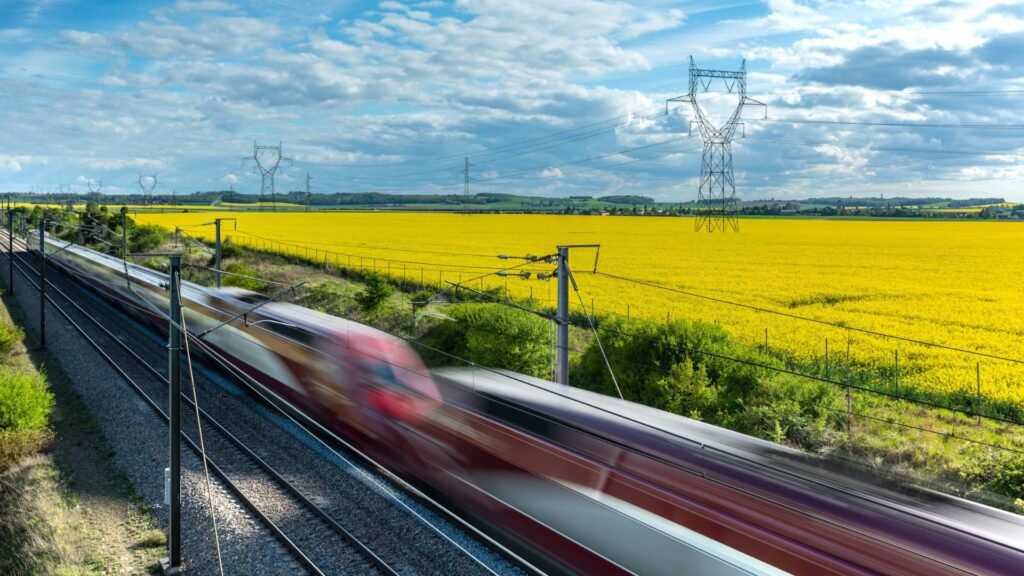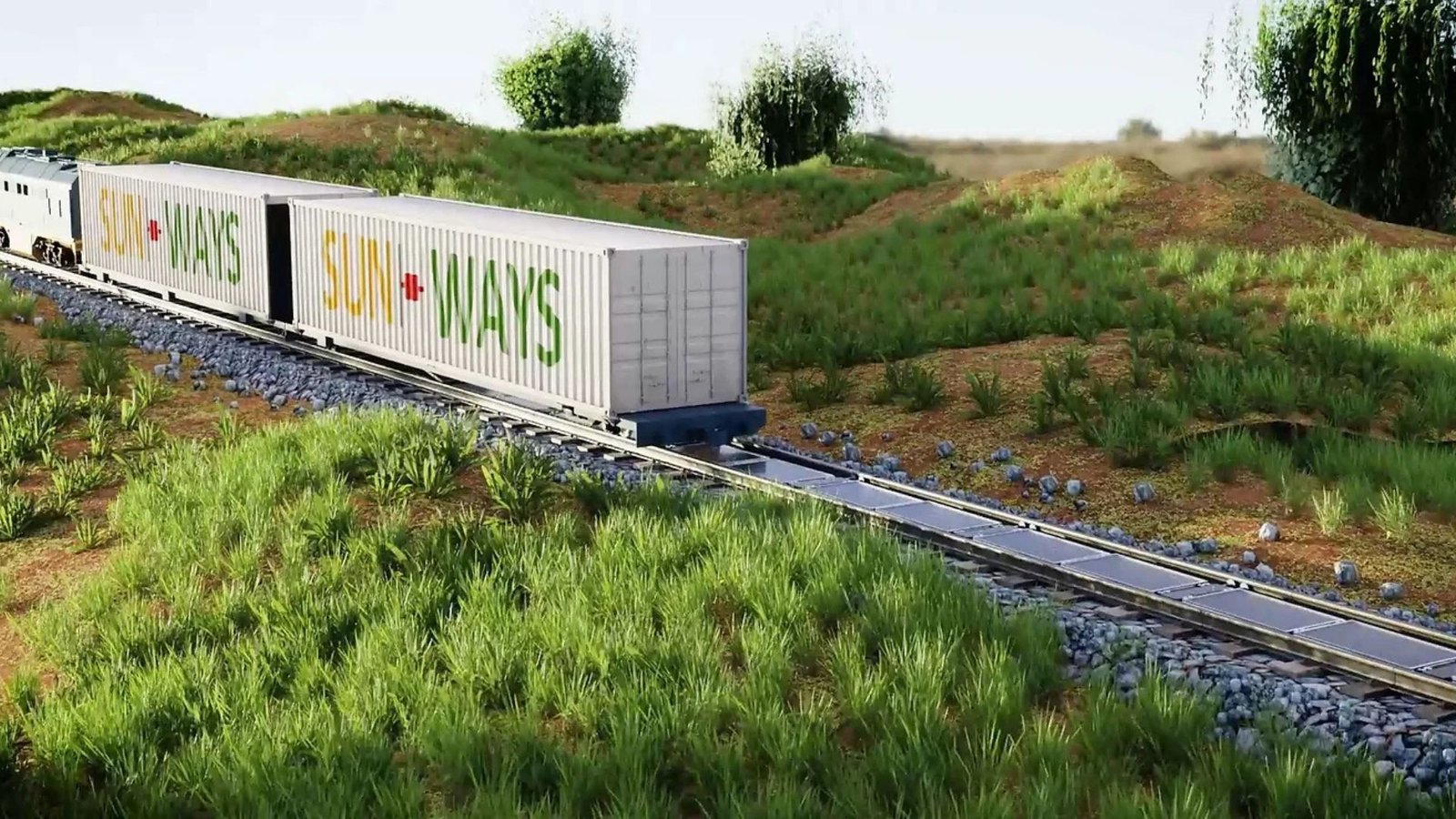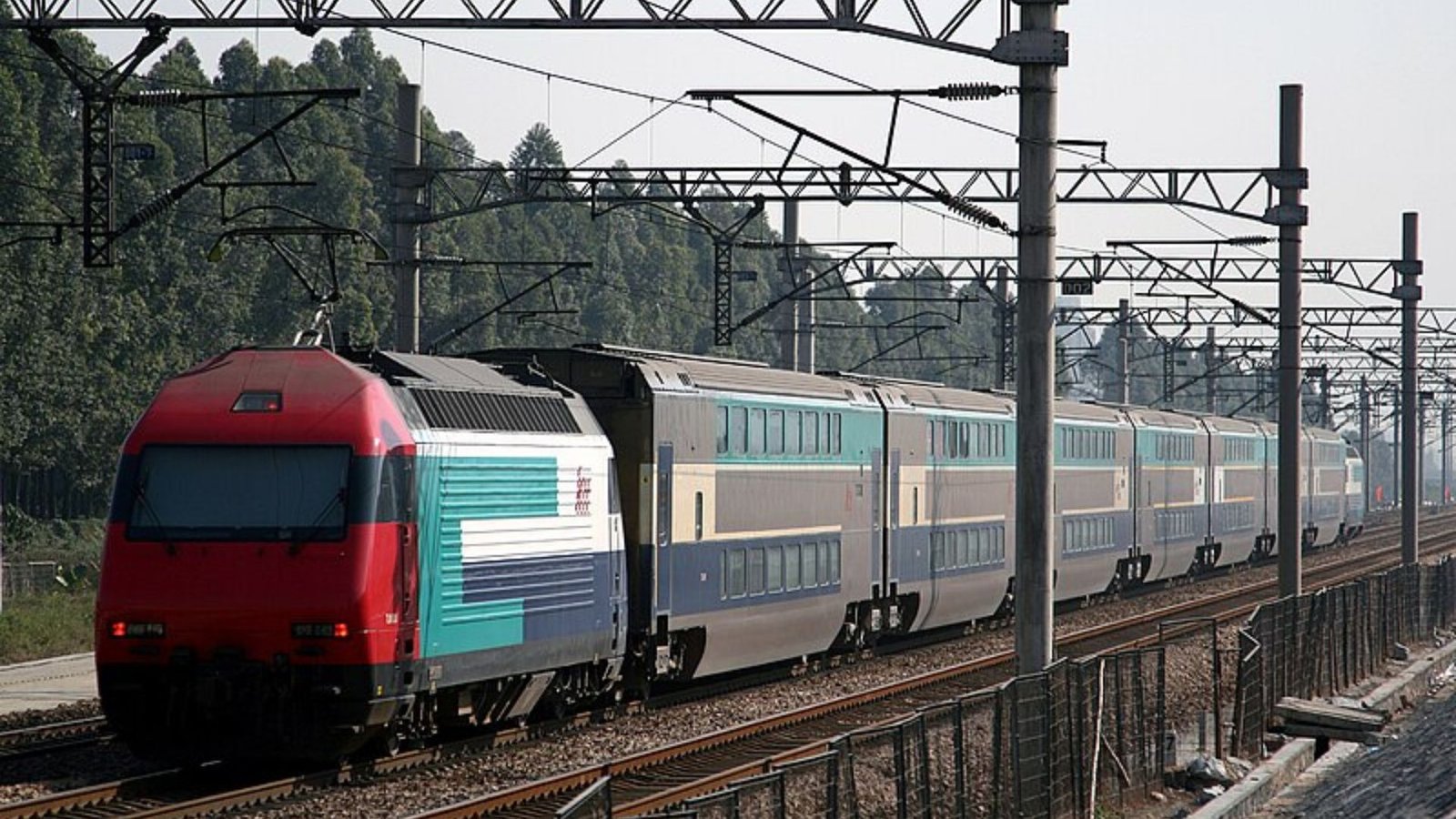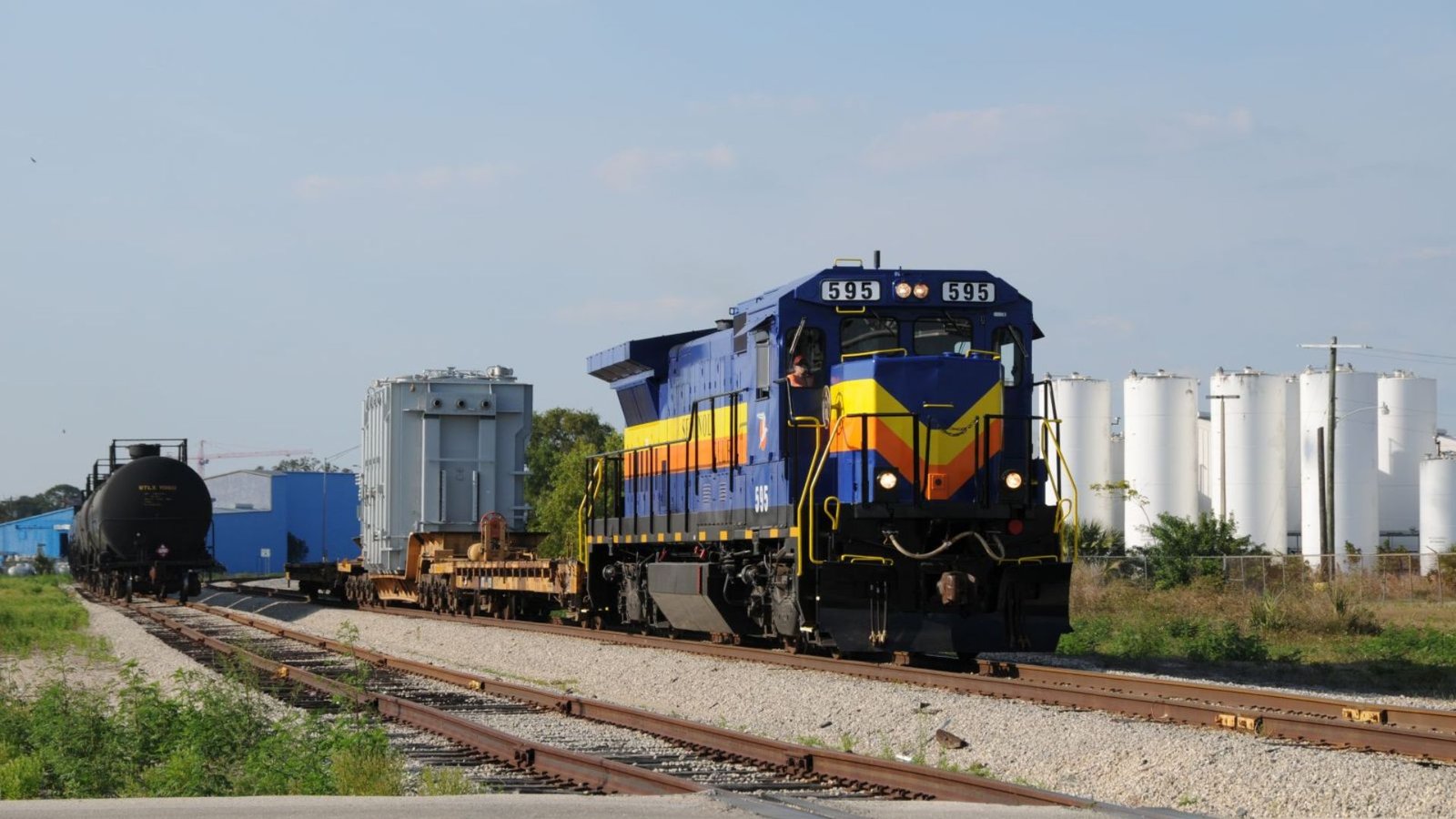Railroads have been an essential part of global transportation for over a century, providing both freight and passenger services. Today, as industries and governments focus on sustainable development and improving infrastructure, the importance of railroads has only grown. Investing in railroads offers a wide range of benefits, from boosting economic growth to reducing environmental impact. This article explores the top benefits of investing in railroads and why this sector continues to be a vital area of focus.

Economic Growth and Job Creation
One of the most significant benefits of investing in railroads is the positive impact on the economy. Rail networks support various industries, from agriculture and manufacturing to technology and tourism. By improving transportation efficiency, railways reduce logistics costs for businesses and open new markets, boosting productivity and fostering economic growth.
Job Creation
The development and expansion of railroad networks lead to job creation in numerous areas, including construction, operations, engineering, and maintenance. Additionally, rail systems create indirect jobs in industries such as logistics, freight handling, and tourism.
- Example: The expansion of high-speed rail networks in countries like China and Spain has led to thousands of jobs, not only in rail operations but in related sectors like hospitality and retail.
As a result, investing in railroads stimulates local economies and helps reduce unemployment, providing long-term economic benefits.
Environmental Sustainability
Railroads are one of the most energy-efficient modes of transportation, especially when compared to road and air travel. Trains can carry large quantities of goods or passengers with significantly less energy consumption per mile, making them a more environmentally friendly option.
Reduced Carbon Emissions
Investing in rail systems that are powered by electricity or renewable energy sources helps to significantly reduce carbon emissions. Electric trains, in particular, can be powered by renewable energy sources such as wind, solar, and hydroelectric power, which are key components in global efforts to reduce reliance on fossil fuels.
- Example: In countries like the Netherlands, the majority of the rail network is powered by wind energy, making train travel even more sustainable.
By investing in green rail technologies, such as energy-efficient locomotives and electrification of rail lines, governments and private investors can contribute to the global effort to combat climate change.
Improved Transportation Efficiency
Rail systems can move a large number of goods and people across long distances with exceptional speed and reliability. Compared to other forms of transportation, railroads are often more punctual, reducing delays and improving overall logistical efficiency.
Efficient Freight Movement
For industries that rely on moving heavy goods—such as agriculture, manufacturing, and mining—railroads offer an economical and efficient way to transport large volumes of products over long distances. Trains can carry hundreds of tons of cargo at a fraction of the cost of trucking.
- Example: In the United States, the freight rail system plays a crucial role in transporting goods like coal, grain, and chemicals, helping to drive the economy.
Passenger Travel
High-speed rail is increasingly popular for long-distance travel, particularly in regions with densely populated urban centers. Trains can help alleviate road congestion and reduce the strain on airports, improving transportation efficiency for passengers.
- Example: High-speed rail lines like Japan’s Shinkansen and France’s TGV have revolutionized travel by offering fast, reliable, and convenient alternatives to car and air travel.
Investing in rail infrastructure ensures a more efficient transportation system that can handle growing demand in both freight and passenger services.
Reduced Road Congestion and Traffic
Investing in railways helps alleviate congestion on highways and urban roads, providing an alternative mode of transportation. As urban populations grow, road congestion becomes a significant issue, leading to longer commute times, increased fuel consumption, and higher levels of stress for commuters.
Decreased Road Wear and Tear
By shifting freight transportation from trucks to trains, rail investments can reduce the strain on roads, decreasing the need for costly repairs and maintenance. This leads to long-term savings in public infrastructure costs and reduces the environmental impact of road transportation.
- Example: In Europe, many freight companies have moved from trucking to rail for long-distance shipments, contributing to the reduction of road traffic and associated emissions.
Encouraging investment in rail infrastructure offers a solution to urban traffic problems and enhances the overall quality of life for residents.
Conclusion
Investing in railroads offers a wide range of benefits, from stimulating economic growth and job creation to reducing environmental impact and improving transportation efficiency. Rail systems are key to reducing road congestion, enhancing regional connectivity, and modernizing infrastructure. With advancements in technology and a focus on sustainability, railroads are poised to play an even greater role in the future of transportation. Whether it’s for freight or passenger services, investing in railroads is an investment in a greener, more efficient, and prosperous future.




